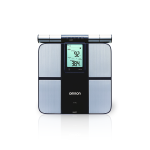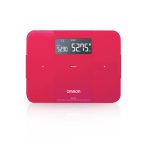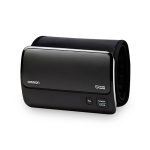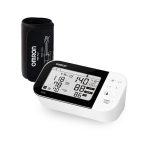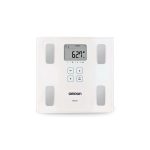Beyond Salt: How to lower blood pressure
December 15, 2022 2023-09-06 18:25Beyond Salt: How to lower blood pressure
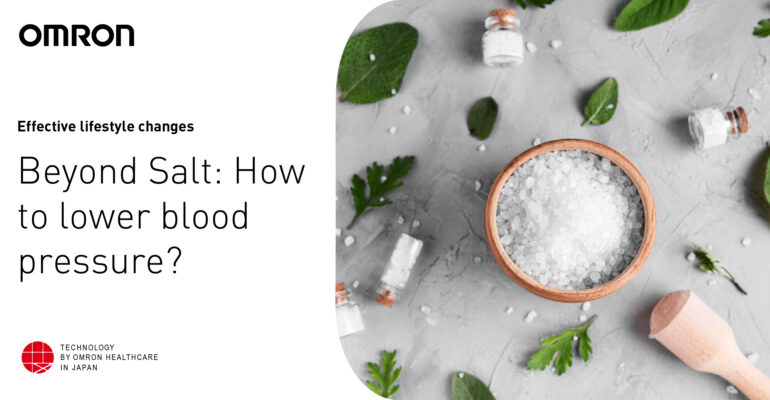
Beyond Salt: How to lower blood pressure
Hypertension, also known as high blood pressure, is a condition where the force of blood against the walls of the arteries is consistently too high. Blood pressure is measured in millimetres of mercury (mm Hg) and is recorded as two numbers: systolic pressure (top number) and diastolic pressure (bottom number).[1]
Hypertension (high blood pressure) is when the pressure in your blood vessels is too high (140/90 mmHg or higher). If untreated, hypertension can lead to serious health problems like heart disease, stroke, and kidney failure. It can be managed with lifestyle changes and medication.[2]
Around 30% of India’s population experiences hypertension, with around 33% in urban areas and 25% in rural regions being affected. Awareness of this condition is limited, with only 10% of hypertensive individuals in India recognizing their condition. Moreover, awareness rates are 25% in rural areas and 42% in urban areas regarding their hypertensive status. High BP is found in 60% of AFib cases – AFib Increases the risk of stroke by 5x.[3]
While reducing salt intake is a well-known way to lower blood pressure, there are other lifestyle changes and strategies that can also be effective.
Here are some ways to lower blood pressure beyond just reducing salt intake:
Maintain a healthy weight: Being overweight or obese is a risk factor for high blood pressure. Excess body weight can cause the heart to work harder to pump blood throughout the body, leading to higher blood pressure. Losing weight and maintaining a healthy weight through diet and exercise can help lower blood pressure. Aiming for a healthy weight is important by following a balanced and nutritious diet and engaging in regular physical activity.
Follow a heart-healthy diet: A heart-healthy diet is one that is rich in fruits, vegetables, whole grains, lean protein, and low-fat dairy products. This diet is often referred to as the DASH diet (Dietary Approaches to Stop Hypertension). The DASH diet is designed to lower blood pressure by reducing sodium intake and increasing intake of foods that are high in potassium, calcium, and magnesium. It’s important to limit foods that are high in saturated and trans fats, added sugars, and refined carbohydrates.[4]
Exercise regularly: Regular physical activity can help lower blood pressure by strengthening the heart and improving blood flow throughout the body. Aim for at least 30 minutes of moderate-intensity activity most days of the week. Activities like brisk walking, cycling, or swimming are good choices. It’s important to choose an activity that is enjoyable and sustainable for the long-term.[5]
Limit alcohol intake: Drinking too much alcohol can increase blood pressure. It’s recommended that men limit alcohol intake to no more than two drinks per day and women to no more than one drink per day. One drink is considered to be 12 ounces of beer, 5 ounces of wine, or 1.5 ounces of spirits. It’s important to be aware of alcohol intake and to limit consumption to reduce the risk of high blood pressure.[6]
Quit smoking: Smoking can increase blood pressure and increase the risk of heart disease. Quitting smoking can help lower blood pressure and improve overall health. Support from a healthcare provider or smoking cessation program may be necessary. It’s important to be aware of the risks associated with smoking and to take steps to quit if necessary.[7]
Manage stress: Chronic stress can contribute to high blood pressure. Engage in stress-reducing activities such as meditation, yoga, or deep breathing exercises. Regular exercise and social support from friends and family can also help reduce stress levels. It’s important to identify stress sources and take steps to manage stress effectively.[8]
Take medication as prescribed: In some cases, medication may be necessary to lower blood pressure. It’s important to take medication as a healthcare provider prescribes and attend regular check-ups to monitor blood pressure levels. It’s important to follow a treatment plan prescribed by a healthcare provider to effectively manage high blood pressure and reduce the risk of complications.[9]
An Omron BP monitor helps to manage hypertension by providing an accurate and convenient way to monitor blood pressure levels at home. It allows individuals to track their blood pressure regularly and provides insight into health. This information can be shared with healthcare providers to help make informed decisions about the treatment and management of hypertension.
By monitoring blood pressure levels regularly with an Omron BP monitor, individuals with hypertension can take control of their blood pressure and reduce the risk of complications associated with high blood pressure.
Wrap-Up:
Lowering blood pressure can be achieved through more than just reducing salt intake, as various lifestyle changes and strategies can also be effective.
Reference:
- https://www.who.int/news-room/fact-sheets/detail/hypertension
- https://www.who.int/news-room/fact-sheets/detail/hypertension#:~:text=For%20most%20people%2C%20the%20goal,vessels%20and%20prevent%20kidney%20damage.
- https://www.ncbi.nlm.nih.gov/pmc/articles/PMC4011565/
- https://www.healthline.com/nutrition/dash-diet
- https://health.clevelandclinic.org/exercises-to-lower-blood-pressure/
- https://www.mayoclinic.org/diseases-conditions/high-blood-pressure/expert-answers/blood-pressure/faq-20058254
- https://www.heart.org/en/health-topics/high-blood-pressure/changes-you-can-make-to-manage-high-blood-pressure/smoking-high-blood-pressure-and-your-health
- https://www.mayoclinic.org/diseases-conditions/high-blood-pressure/in-depth/stress-and-high-blood-pressure/art-20044190
- https://www.heart.org/en/health-topics/high-blood-pressure/changes-you-can-make-to-manage-high-blood-pressure/managing-high-blood-pressure-medications

